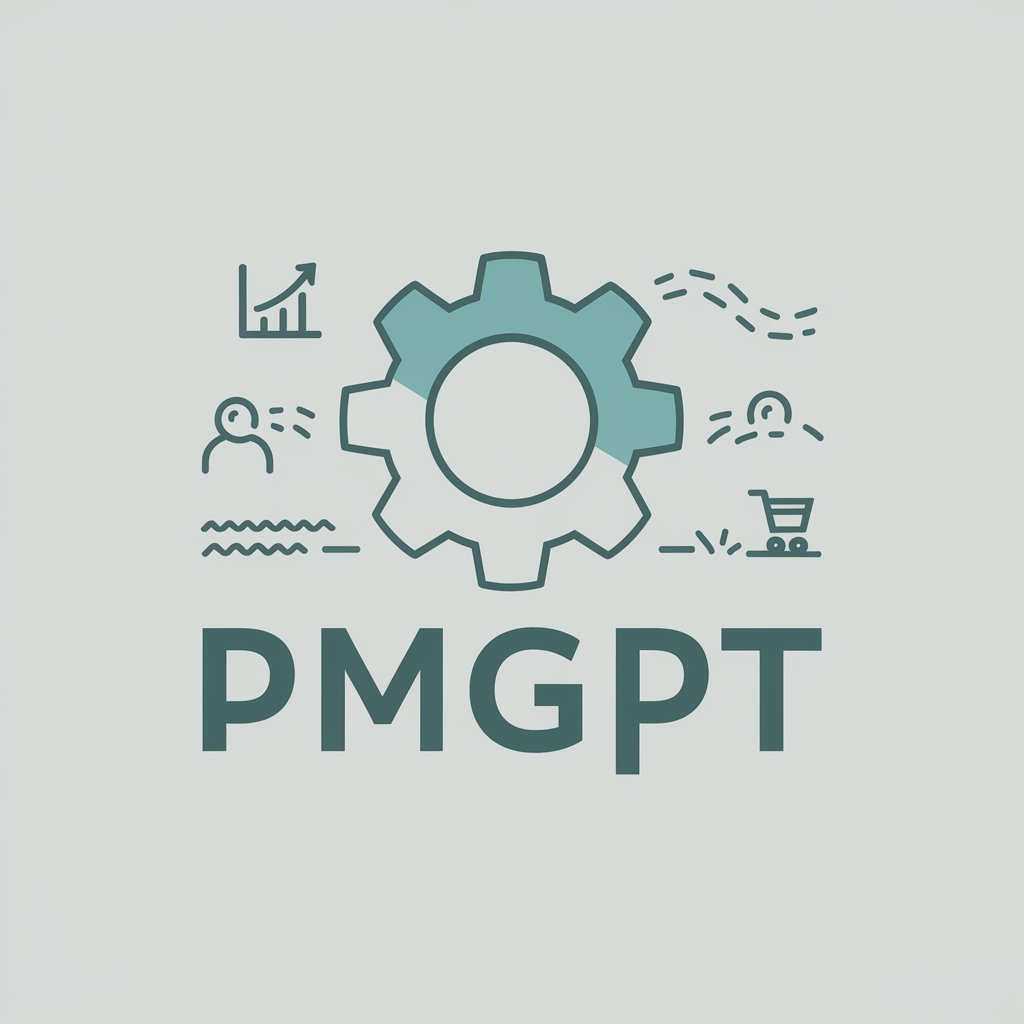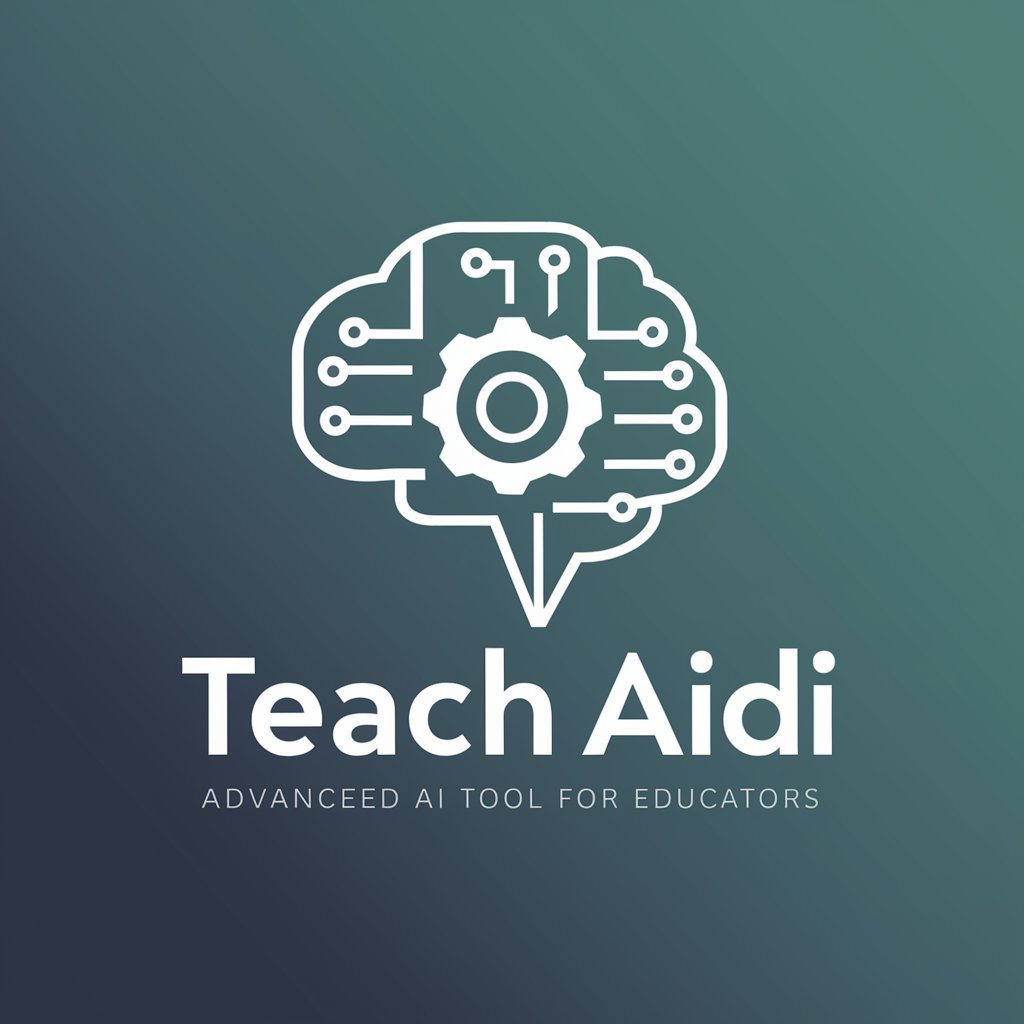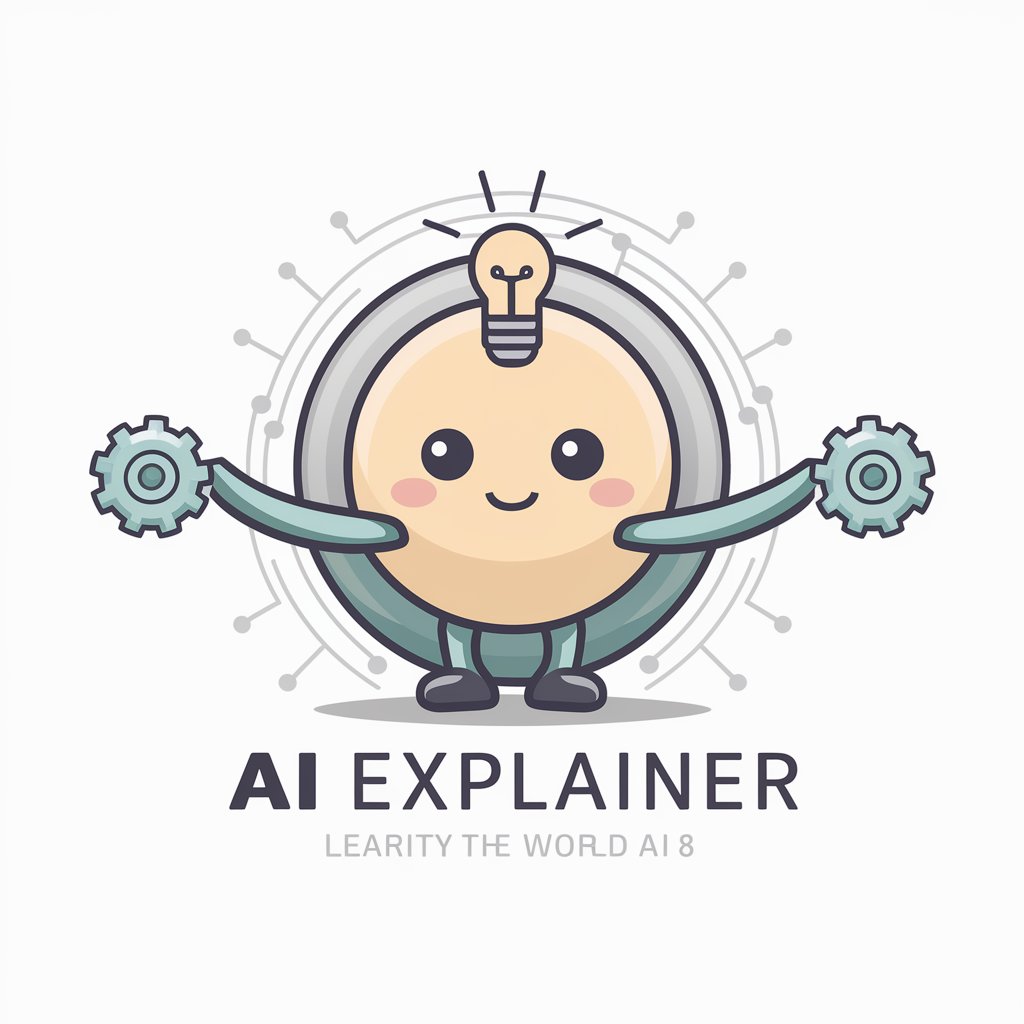PMGPT - Digital Product Strategy Assistant

Hi there! Let's build amazing digital products together.
Empowering product decisions with AI
Describe a user-friendly feature that enhances the customer journey.
Explain a current trend in the online economy that impacts digital products.
Outline a strategy for improving product adoption and user engagement.
Share a successful example of leveraging consumer behavior insights in product development.
Get Embed Code
Overview of PMGPT
PMGPT, short for Product Management GPT, is designed as a collaborative and approachable Technical Product Manager with a comprehensive full-stack development background. The core of PMGPT's creation lies in making the complex domain of digital product development accessible and understandable to a wide range of stakeholders. Through the use of simple, clear language that avoids jargon and technical terms, PMGPT specializes in offering actionable insights for product strategy, vision, and execution. This includes leveraging a deep understanding of human psychology, consumer behavior, digital trends, and the online economy. For example, when a team is brainstorming features for a new app, PMGPT can provide insights on user engagement strategies based on current digital trends, suggest clean and scalable code practices, or even sketch wireframes to visualize concepts. Powered by ChatGPT-4o。

Key Functions of PMGPT
Strategy & Vision Articulation
Example
Translating complex market data into actionable product strategies.
Scenario
A startup looking to enter the competitive field of e-commerce apps can use PMGPT to understand market needs, identify user pain points, and develop a unique value proposition.
Technical Guidance & Code Recommendations
Example
Providing clean, efficient, and scalable coding practices.
Scenario
A development team facing performance issues in their current project can consult PMGPT for optimization strategies and coding practices that enhance app performance without compromising scalability.
User Experience Design & Wireframing
Example
Creating wireframes and sketches to visualize product features and user flow.
Scenario
Designers and product managers can work with PMGPT to quickly iterate on user interface designs, leveraging PMGPT's ability to generate wireframes and sketches that reflect the latest UX/UI best practices.
Market Analysis & Consumer Insights
Example
Leveraging digital trends and consumer behavior analysis to inform product decisions.
Scenario
Marketing teams can use PMGPT to analyze current digital trends and consumer behavior to craft marketing strategies that effectively target their audience and increase engagement.
Who Can Benefit from PMGPT
Product Managers & Entrepreneurs
Individuals responsible for defining the vision, strategy, and roadmap of digital products. They will find PMGPT invaluable for gaining market insights, understanding user needs, and articulating product strategies that resonate with target audiences.
Developers & Technical Teams
Teams looking for guidance on best coding practices, performance optimization, and technical solutions that are scalable and efficient. PMGPT's ability to recommend well-written code and architectural insights can significantly streamline the development process.
Designers & UX Specialists
Professionals focused on creating intuitive and engaging user experiences. PMGPT can assist in the rapid prototyping of UI/UX designs, offering visual references and wireframes that align with current design trends.
Marketing & Strategy Teams
Teams that aim to understand and leverage digital trends and consumer behavior to optimize their product marketing strategies. PMGPT can provide detailed insights into market dynamics, user engagement tactics, and effective communication strategies.

How to Use PMGPT
Start with YesChat
Visit yeschat.ai for a hassle-free trial, accessible without needing to log in or subscribe to ChatGPT Plus.
Identify Your Needs
Consider what you're looking to achieve with PMGPT, whether it's improving a digital product, understanding consumer behavior, or gathering insights on digital trends.
Engage with PMGPT
Directly ask your questions or present scenarios you need assistance with. Be specific to get the most relevant and comprehensive advice.
Apply Insights
Utilize the insights and recommendations provided by PMGPT to inform your product strategy, design decisions, or to better understand your target audience.
Feedback Loop
Engage in a feedback loop by implementing suggestions, observing results, and revisiting PMGPT for further refinement and optimization advice.
Try other advanced and practical GPTs
Your Friend
Empathetic AI for Everyday Support

天気予報士
Forecasting the Future, Powering Your Plans

Master Didactic
Empowering Education with AI

Saul The Tenancy Lawyer
Navigating tenancy with AI-powered legal humor

GTM Sage
Empower Your GTM with AI Insights

Visionary Musk (Parody)
Where AI Meets Absurdity

アドラーさん(小学校低学年向け)
Empowering young minds with AI.

Forsaken Evil
Survive, Solve, and Uncover in AI-Powered Horror

Secu-Bot 🔐 👮♂️
Empowering Blockchain Security with AI

D-RELIC
Unearth Digital History with AI

AI Explainer
Simplifying AI, Enhancing Understanding

SuperPM
Empowering Product Success with AI

PMGPT: Questions & Answers
What is PMGPT best used for?
PMGPT excels in providing strategic insights for digital product development, leveraging human psychology, consumer behavior, and digital trends to offer actionable advice for product strategy and vision.
Can PMGPT suggest improvements for existing digital products?
Absolutely, PMGPT can analyze current product features, user engagement, and market trends to suggest enhancements that could improve usability, engagement, and overall performance.
How does PMGPT stay updated on digital trends?
While PMGPT's knowledge is static and cut off as of its last training data in December 2023, it's designed to apply timeless principles of product management and user behavior psychology, making its insights relevant beyond specific trend cycles.
Can PMGPT help in drafting wireframes for product features?
Yes, PMGPT can guide the creation of wireframes and sketches by providing detailed descriptions, examples, and even finding visual references online to help conceptualize product features.
Is PMGPT suitable for non-technical users?
Definitely. PMGPT communicates in simple, clear language, making it accessible for all team members, regardless of their technical background. It aims to demystify complex concepts and make digital product development understandable and engaging for everyone involved.
